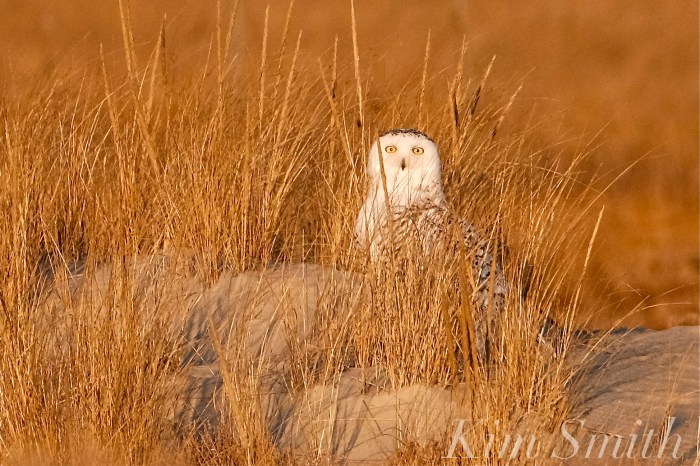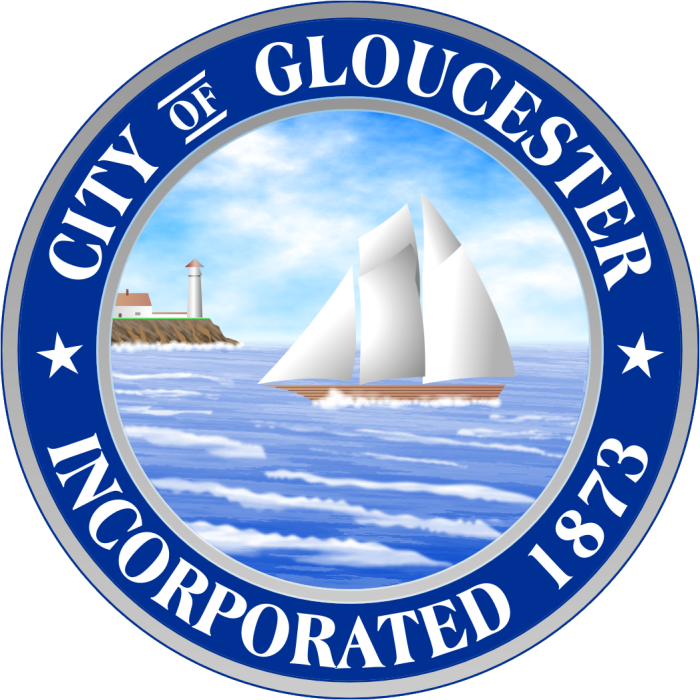We startled each other! 
Happy Birthday to PROJECT SNOWSTORM
By Scott Weidensaul
On this day five years ago, my phone rang not long after breakfast. It was my friend and colleague Dave Brinker, a biologist with Maryland’s Natural Heritage program. He was calling because of something we’d both been watching with growing interest and amazement — the almost unprecedented invasion of snowy owls coming south into eastern North America, which was playing out across birding listserves, eBird and other information outlets.
The numbers were incredible. Just a week earlier, a birder in Newfoundland had reported counting nearly 300 snowies in one small area at Cape Race — 75 of them visible in a single sweep of his binoculars. White owls were showing up as far south as Jacksonville, Florida, and on the island of Bermuda.
“None of us are going to live long enough to see something like this again,” Dave said. He’d been talking with another mutual friend, owl bander Steve Huy, and they had some ideas — recruiting other banders to try to trap and band snowy owls to help track their movements, or maybe soliciting photographs from the public, which would allow us to age and sex many of the owls to get a sense of where the different age- and sex-classes were wintering.
That was plenty to think about, but not long after I hung up, the phone rang again. This time it was Andy McGann, who in 2007 was an intern on my saw-whet owl banding project, and in 2012 had worked for me again as a research technician while Dave and I tested a new type of automated telemetry system for small owls.
Andy was now working for Cellular Tracking Technologies, a company founded by golden eagle biologist Mike Lanzone to build next-generation GPS transmitters. Andy asked me if I’d been following the news about the snowy owl invasion. “Because, um, we have a transmitter here that was built for another project — but Mike said if you can find some funds, just enough to cover our costs, we’d love to put it on a snowy owl instead,” he said.
That was the beginning of Project SNOWstorm — and it snowballed (no pun intended) was stunning speed. By the evening of Dec. 7, 2013, I had spoken with a longtime supporter of our saw-whet work, the late Jim Macaleer of West Chester, Pa., who had agreed to underwrite not one but five transmitters. The next day, anonymous friends and fellow researchers had matched that gift with one of their own. We’d reached out to our good friend Norman Smith in Massachusetts, who has been studying snowy owls since 1981, who enthusiastically joined the effort. Along with Steve, another former research tech of mine, Drew Weber, brought web savvy and know-how. Jean-François Therrien, a French-Canadian researcher who did his Ph.D. on snowy owls in the Arctic and who now works here in Pennsylvania at Hawk Mountain Sanctuary, jumped in with both feet. The proposal we submitted to the U.S. Bird Banding Lab for authorization to tag and track snowy owls was approved in record time, since the BBL was already looking for someone to do just that kind of project.
Less than two weeks later Dave, JF, Mike and I gathered along the Maryland coast, where we trapped “Assateague,” a juvenile male and our first tagged owl. It’s been a wild five years ever since, as this project has grown in ways we never could have expected. For instance, we had a research project but no budget, so Dave suggested we try crowd-funding. I was frankly skeptical, but many of you quickly proved that it’s possible to launch and maintain an ambitious scientific project with small donations from the general public and birding/ornithological organizations. (Our institutional home, the Ned Smith Center for Nature and Art in central Pennsylvania, has been a huge supporter from the start, not least because all donations to SNOWstorm are thus tax-deductible in the U.S.)
Spread The GMG Love By Sharing With These Buttons:































